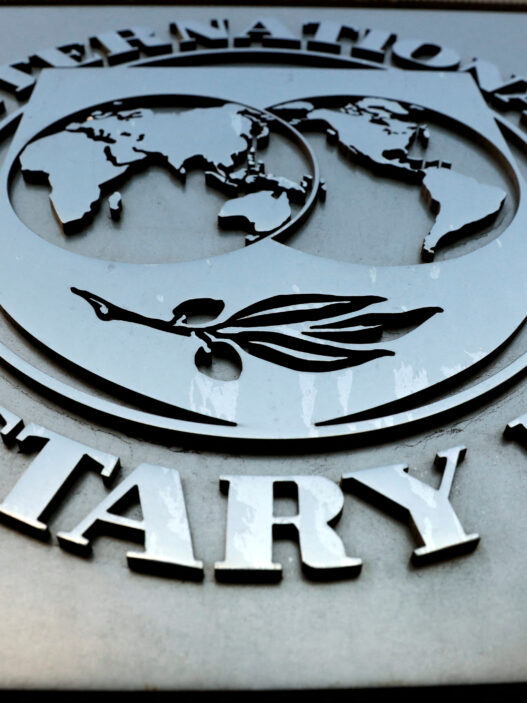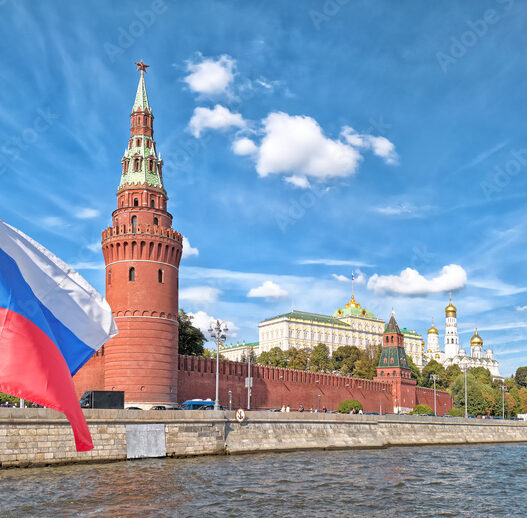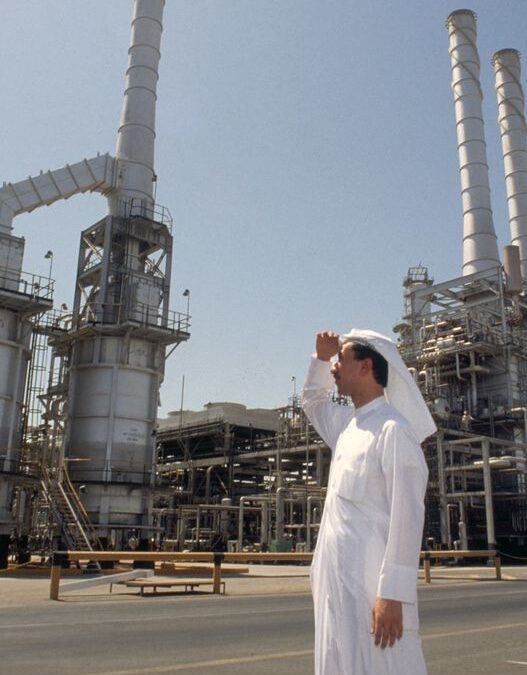Soaring Aspirations: Vietnam’s Bold Economic Vision
Powered by MasterCFA.com
What Happened?
Vietnam’s Prime Minister Pham Minh Chinh has announced ambitious economic goals for the country. In a recent address to parliament, he stated that Vietnam’s gross domestic product (GDP) is expected to grow by 6.8%-7.0% in 2024. However, the government is aiming to push this growth even higher, potentially exceeding 7%. Looking ahead to 2025, the target is set at an impressive 7.0%-7.5%.
Why Does This Matter?
Impact on the Economy
These growth targets, if achieved, could significantly boost Vietnam’s position in the global economy. A GDP growth rate above 7% would place Vietnam among the fastest-growing economies in the world, potentially attracting more foreign investment and enhancing its status as a regional industrial hub.
Personal and Business Effects
For Vietnamese citizens, this economic growth could translate into more job opportunities, higher wages, and improved living standards. Businesses, both local and international, may benefit from increased consumer spending power and a more robust economic environment, potentially leading to expansion opportunities and higher profits.
Theoretical Concepts in Action
Economic Theories at Play
- Economic Growth Theory: Vietnam’s ambitious targets align with the concept of sustained economic growth, a key focus in macroeconomic theory. This theory suggests that factors such as technological advancement, capital accumulation, and human capital development contribute to long-term economic expansion.
- Foreign Direct Investment (FDI) Theory: By aiming to attract foreign investment, Vietnam is leveraging the principles of FDI theory, which posits that international capital flows can stimulate economic growth through technology transfer, job creation, and increased productivity.
- Export-Led Growth Hypothesis: Vietnam’s focus on expanding export markets reflects the export-led growth theory, which suggests that export expansion is a key driver of economic growth, particularly for developing economies.
Real-World Application
Historically, we’ve seen similar strategies employed by other Asian economies during their rapid growth phases. For instance, South Korea’s economic miracle in the 1960s and 1970s was characterized by export-oriented policies and the attraction of foreign investment, leading to sustained high growth rates.
In Vietnam’s case, the government’s emphasis on public investment, particularly in transport infrastructure, aligns with the theory that improved infrastructure can boost productivity and attract more investment. For example, if Vietnam successfully develops its port facilities, it could enhance its position in global supply chains, similar to how Singapore leveraged its strategic location and excellent infrastructure to become a major global trade hub.
What Could Happen Next?
Several scenarios could unfold:
- Accelerated Growth: If Vietnam successfully implements its strategies, it could see a surge in foreign investment and export growth, potentially exceeding its ambitious targets.
- Inflationary Pressures: Rapid growth might lead to inflationary pressures, requiring careful monetary policy management.
- Regional Economic Shift: Vietnam’s rise could alter the economic dynamics in Southeast Asia, potentially challenging other countries in the region for investment and export market share.
- Sustainability Challenges: Rapid industrialization might pose environmental challenges, necessitating a balance between growth and sustainability.
Why You Should Pay Attention
Understanding these economic developments is crucial for several reasons:
- Investment Opportunities: Vietnam’s growth trajectory could present attractive investment prospects in various sectors.
- Global Economic Trends: This case provides insights into the shifting dynamics of global economic power and the rise of emerging markets.
- Policy Analysis: Studying Vietnam’s approach offers valuable lessons in economic policy-making and its real-world impacts.
- Risk Assessment: Awareness of such rapid growth plans helps in assessing potential risks and opportunities in the global economic landscape.
Questions to Ponder
- How might Vietnam’s ambitious growth targets affect regional economic dynamics in Southeast Asia?
- What potential challenges could Vietnam face in achieving and sustaining such high growth rates?
- How does Vietnam’s strategy compare to the historical growth models of other Asian economic success stories?
- What role might technological advancement play in Vietnam’s pursuit of high economic growth?
- How could global economic conditions, such as trade tensions or slowdowns in major economies, impact Vietnam’s growth plans?
Keep Learning with MasterCFA: Understanding the dynamics of emerging market economies and their growth strategies is crucial for any aspiring financial analyst. Dive deeper into these topics to enhance your understanding and prepare for the CFA Exam. Explore more insightful articles and resources with MasterCFA to stay ahead in your finance career.















